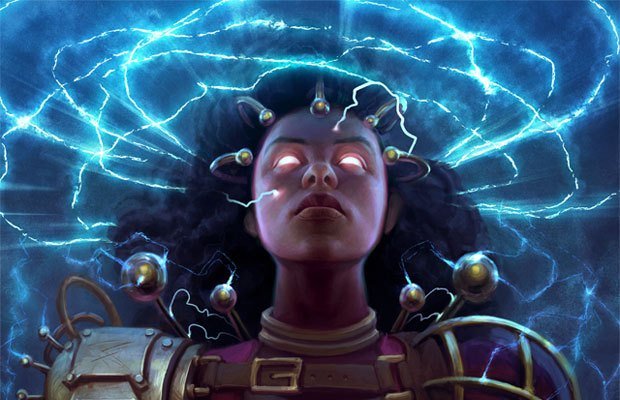Recent research on superconductors will lead to more compact microprocessors and more efficient home appliances, hopes Aswin Sekha
Remember when you learnt about the three states of matter - solid, liquid and gas - in school? Well, things are not so simple now. There are other states - plasma and Bose-Einstein condensate and superconductors. Superconductors are materials through which electricity can flow without any resistance once they are cooled below a certain critical temperature. Resistance leads to loss of energy. No resistance means no energy lost. It is not surprising, therefore, that there are immense practical applications of superconductivity.
Take travel, which has been revolutionised by the MagLev (short for magnetic levitation) train that uses superconductors. Another important use is in instruments that measure magnetisation of rocks, thereby giving clues about the location, evolution and geological origin of those rocks. In the laboratory, superconductivity plays an important role in instruments such as magnetometers and spectrographs. Superconducting magnets are used to focus beams and particles in particle accelerators as well as in MRI machines in hospitals.
The theory of superconductivity, called the Bardeen-Cooper- Schrieffer theory after its proposers John Bardeen, Leon Cooper, and Robert Schrieffer, won the three American scientists the 1972 Nobel Prize in Physics. The gist of it: there are two kinds of subatomic particles, fermions and bosons (after physicist Satyendranath Bose). When pairs of fermions condense to become a composite boson, there is a change in the state and properties of the material concerned, turning it into a superconductor.
It is normal for matter to condense at very low temperatures but some materials can become superconductors at comparatively higher temperatures. This fact has long puzzled scientists.
A recent study published in Science states that it could probably be explained by the fact that there are more exotic states of matter linked with superconductivity.
To explore this phenomena, scientists confined a gas of ultra-cold atoms in two dimensional traps created using laser beams. "We use ultracold atoms to simulate the behaviour of electrons in solids," says Puneet Murthy, quantum scientist and lead author of the study at the Center for Quantum Dynamics at Heidelberg University, Germany. The researchers discovered that when limited to two dimensions, the fermions pair up at temperatures higher than critical temperature
"A peculiar property of all these high-temperature superconductors is that just before they enter the superconducting state, they first enter the pseudogap state, whose origins are equally, if not more, mysterious than the superconducting state itself. We have discovered that in the pseudogap state, electrons form a highly unusual pattern that breaks nearly all of the symmetries of space," says David Hsieh, a theoretical physicist at the California Institute of Technology, US.
A recent paper in Nature states that among superconducting materials in high magnetic fields, the phenomenon of electronic symmetry breaking is common. In other words, the electrons of the substance change alignment and form looser bonds. This in turn paves the way for a new state of matter.
The new studies show that the number of states of matter as well as the field of superconductivity is constantly evolving. This will have an impact on the electronics industry that uses superconducting junctions in circuits. A better understanding of superconductors and their properties can lead to much more compact and efficient electronics, which form the base of most modern home appliances. Some of the microprocessors used in washing machines, microwaves, dishwashers, refrigerators, ovens and water heaters rely on highly advanced superconductivity junctions for circuitry and thermostats.
According to Gautam Menon, a statistical mechanics expert at The Institute of Mathematical Sciences, Chennai, the modern view is that the term "states of matter" is a little ill-defined. He says, "In principle, the superconducting state, the quantum Hall state, the superfluid state are all distinctive in their own way. Where quantum mechanics is concerned, if each 'state of matter' could be thought of as a distinctive macroscopic quantum state, all the examples above would hold [as states of matter]."
The plot thickens. The deeper one delves into physics, the boundaries between the different states of matter get more blurred and fuzzy.
These microscopic states have an impact on space science as well. Says Dr Jeremie Vaubaillon, a noted meteor science expert at the Institute of Celestial Mechanics and Ephemeridis, Paris Observatory, France, "Even micron-sized dust particles in space can induce active plasma states on the surface of satellites and spacecraft. This can lead to electrical discharge on conducting surfaces." And why would you care? Because it could interfere with the signals and scramble your favourite TV show.
The effects of these exotic states of matter on real life are much more common than we think.
The author is an Indian astrophysicist based at the University of Oslo, Norway
this news source

@asishkoley, welcome and congratulations on making your first post! I gave you a $.05 vote! If you would be so kind to give me a follow in return, that would be most kind of you!!
thank you for voting.